In today’s fast-paced world, the textile industry continually seeks innovative materials that combine style, comfort, and sustainability. One such material that has gained significant interest is poly viscose cotton fabric, a textile blend that offers numerous benefits for both consumers and businesses. This article will delve into the properties, advantages, and applications of poly viscose cotton fabric, showcasing why it has become a go-to choice in a variety of industries. 1. Understanding Poly Viscose Cotton Fabric: Poly viscose cotton fabric is a blend of polyester, viscose, and cotton fibers, meticulously woven together to create a durable and high-performance textile. It typically comprises 60% polyester, 30% viscose, and 10% cotton. This ratio ensures a balance between the softness and breathability of cotton, the draping characteristics of viscose, and the added strength and wrinkle resistance of polyester.
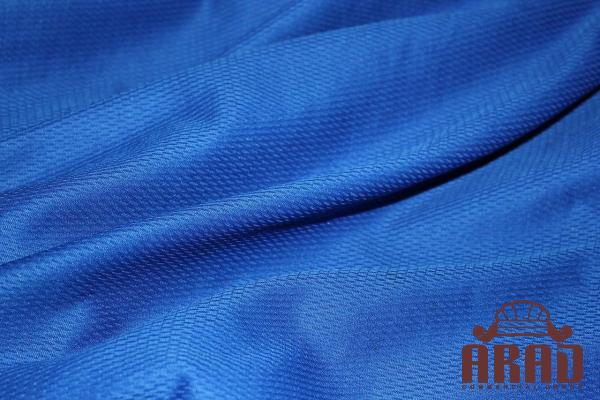
.
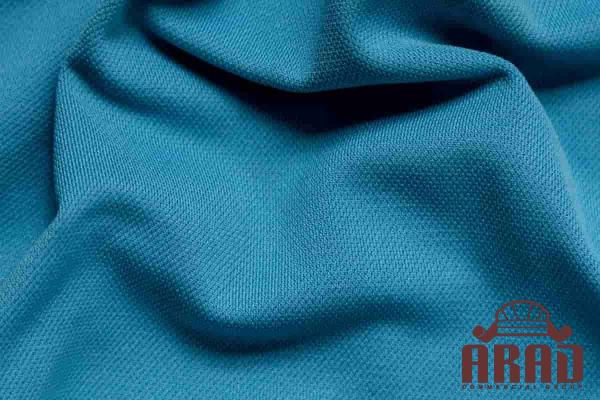 2. Key Properties and Advantages: a. Moisture Management: The inherent breathability of cotton and viscose in the blend ensures effective moisture absorption, keeping the wearer comfortable and dry. b. Lightweight and Drape: The viscose component contributes to a soft and slightly silky feel, allowing the fabric to drape gracefully, making it ideal for flowy garments such as dresses, blouses, and skirts. c. Wrinkle Resistance: Polyester’s inclusion renders the fabric wrinkle-resistant, perfect for busy individuals who require garments that maintain a polished appearance throughout the day. d. Durability and Color Retention: The combination of polyester and cotton fibers enhances the fabric’s overall strength, while also ensuring excellent color retention, even after repeated washes. e. Versatility: Due to its properties, poly viscose cotton fabric lends itself well to a variety of applications, ranging from casual wear to uniforms, sportswear, and beyond.
2. Key Properties and Advantages: a. Moisture Management: The inherent breathability of cotton and viscose in the blend ensures effective moisture absorption, keeping the wearer comfortable and dry. b. Lightweight and Drape: The viscose component contributes to a soft and slightly silky feel, allowing the fabric to drape gracefully, making it ideal for flowy garments such as dresses, blouses, and skirts. c. Wrinkle Resistance: Polyester’s inclusion renders the fabric wrinkle-resistant, perfect for busy individuals who require garments that maintain a polished appearance throughout the day. d. Durability and Color Retention: The combination of polyester and cotton fibers enhances the fabric’s overall strength, while also ensuring excellent color retention, even after repeated washes. e. Versatility: Due to its properties, poly viscose cotton fabric lends itself well to a variety of applications, ranging from casual wear to uniforms, sportswear, and beyond.
..
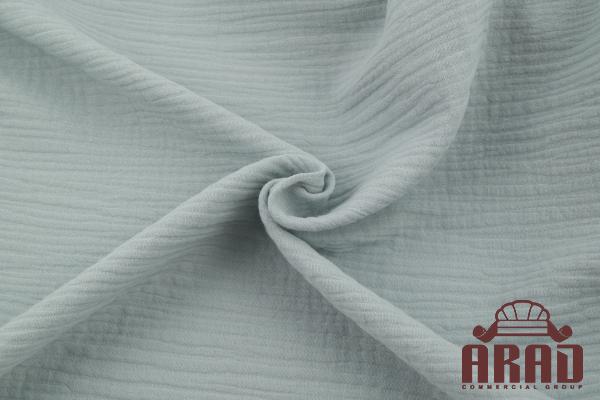 3. Sustainability and Environmental Considerations: Poly viscose cotton fabric aligns with the growing demand for sustainable textiles. The blend reduces reliance on non-renewable resources, as both polyester and viscose can be manufactured using recycled materials. Furthermore, the use of cotton – a natural fiber – decreases the reliance on synthetic fibers, promoting a more eco-friendly approach to fabric production. 4. Applications in Various Industries: Poly viscose cotton fabric finds widespread use in multiple industries, including: a. Fashion and Apparel: It is a popular choice for ready-to-wear garments, particularly those requiring both comfort and style. b. Workwear and Uniforms: Its durability, wrinkle resistance, and ease of maintenance make it a suitable choice for various professional settings, from corporate wear to service industry uniforms.
3. Sustainability and Environmental Considerations: Poly viscose cotton fabric aligns with the growing demand for sustainable textiles. The blend reduces reliance on non-renewable resources, as both polyester and viscose can be manufactured using recycled materials. Furthermore, the use of cotton – a natural fiber – decreases the reliance on synthetic fibers, promoting a more eco-friendly approach to fabric production. 4. Applications in Various Industries: Poly viscose cotton fabric finds widespread use in multiple industries, including: a. Fashion and Apparel: It is a popular choice for ready-to-wear garments, particularly those requiring both comfort and style. b. Workwear and Uniforms: Its durability, wrinkle resistance, and ease of maintenance make it a suitable choice for various professional settings, from corporate wear to service industry uniforms.
…
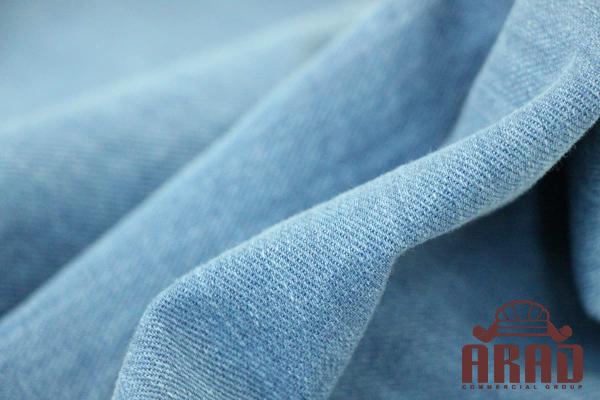 c. Sportswear: The moisture-wicking properties make it an ideal fabric for activewear, ensuring enhanced comfort during physical activities. d. Home Furnishings: Due to its versatility and color retention, poly viscose cotton can be used to create curtains, upholstery, and other home décor items. Conclusion: The combination of polyester, viscose, and cotton in poly viscose cotton fabric has resulted in a textile blend that offers excellent durability, softness, moisture management, and environmental sustainability. Its versatility and ability to meet the demands of diverse industries make it a go-to choice for both consumers and businesses alike. With its unique combination of properties, poly viscose cotton fabric is poised to remain a favored fabric option in the future, promoting both comfort and sustainability.
c. Sportswear: The moisture-wicking properties make it an ideal fabric for activewear, ensuring enhanced comfort during physical activities. d. Home Furnishings: Due to its versatility and color retention, poly viscose cotton can be used to create curtains, upholstery, and other home décor items. Conclusion: The combination of polyester, viscose, and cotton in poly viscose cotton fabric has resulted in a textile blend that offers excellent durability, softness, moisture management, and environmental sustainability. Its versatility and ability to meet the demands of diverse industries make it a go-to choice for both consumers and businesses alike. With its unique combination of properties, poly viscose cotton fabric is poised to remain a favored fabric option in the future, promoting both comfort and sustainability.
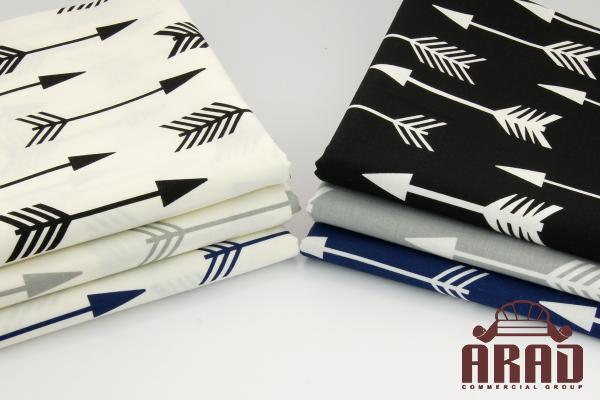
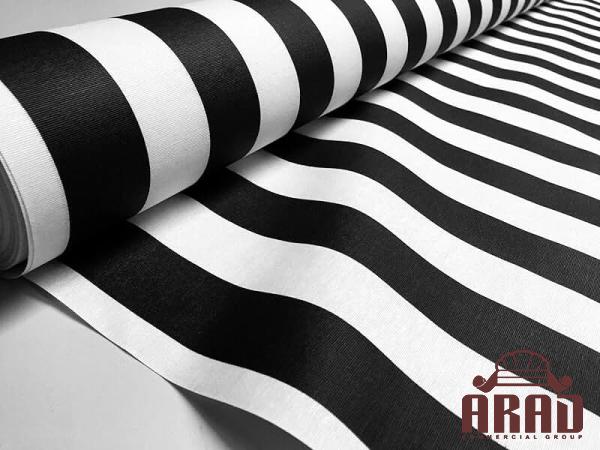
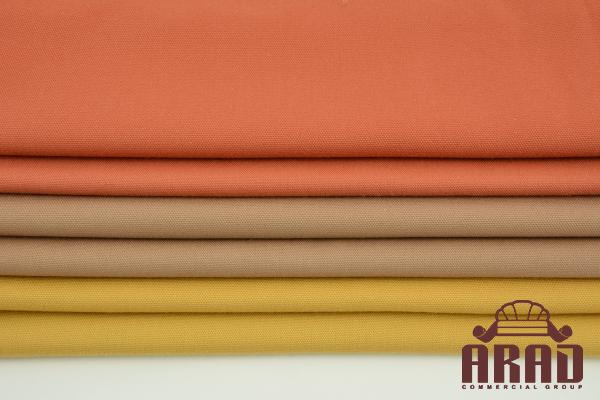
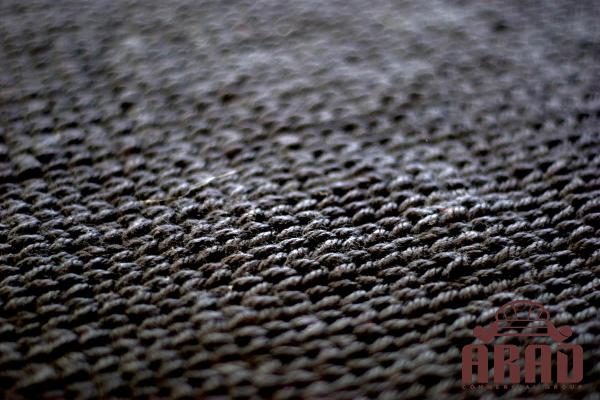
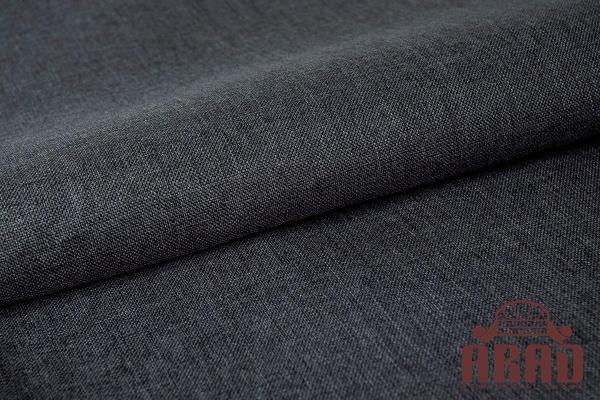
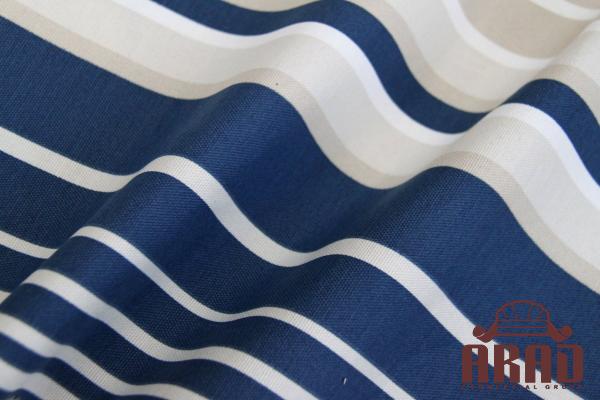
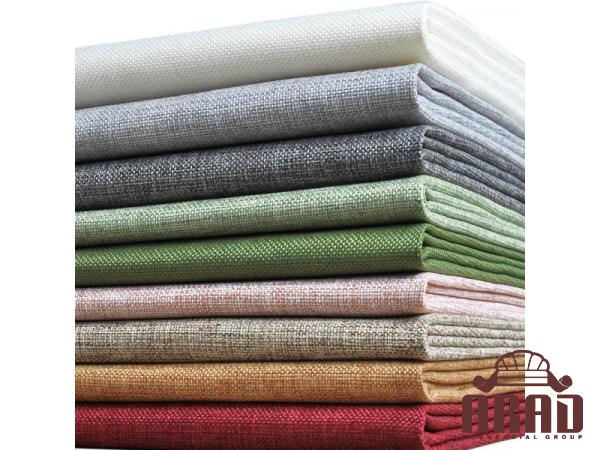
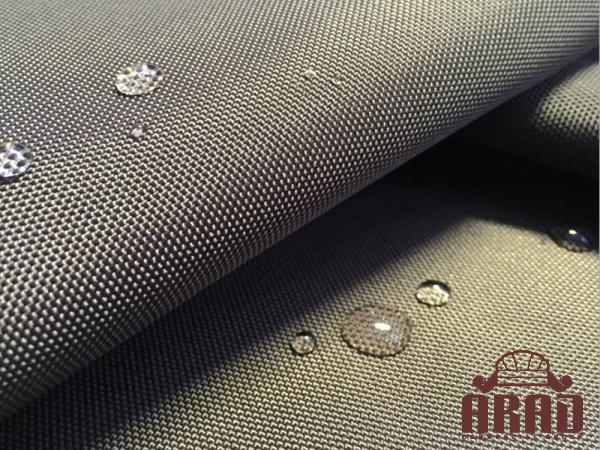
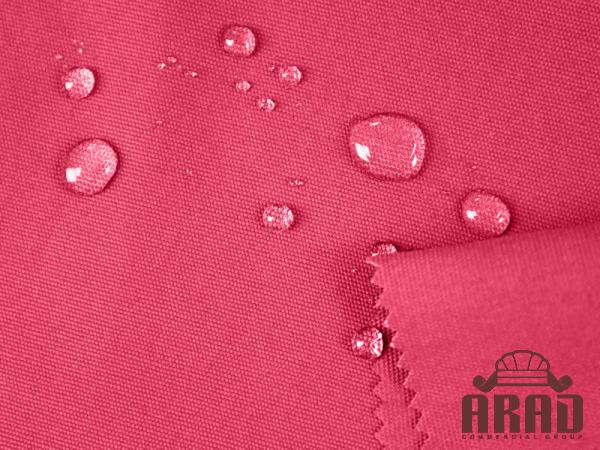
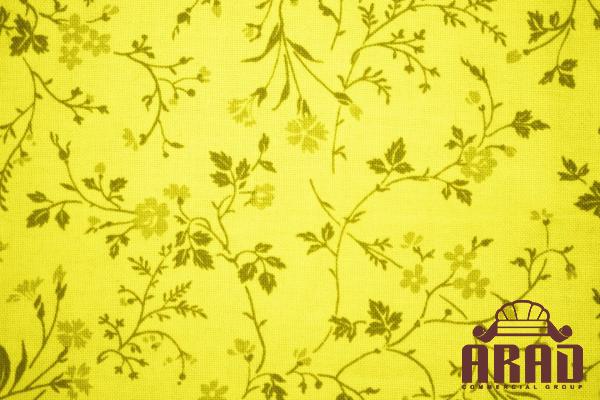
Your comment submitted.